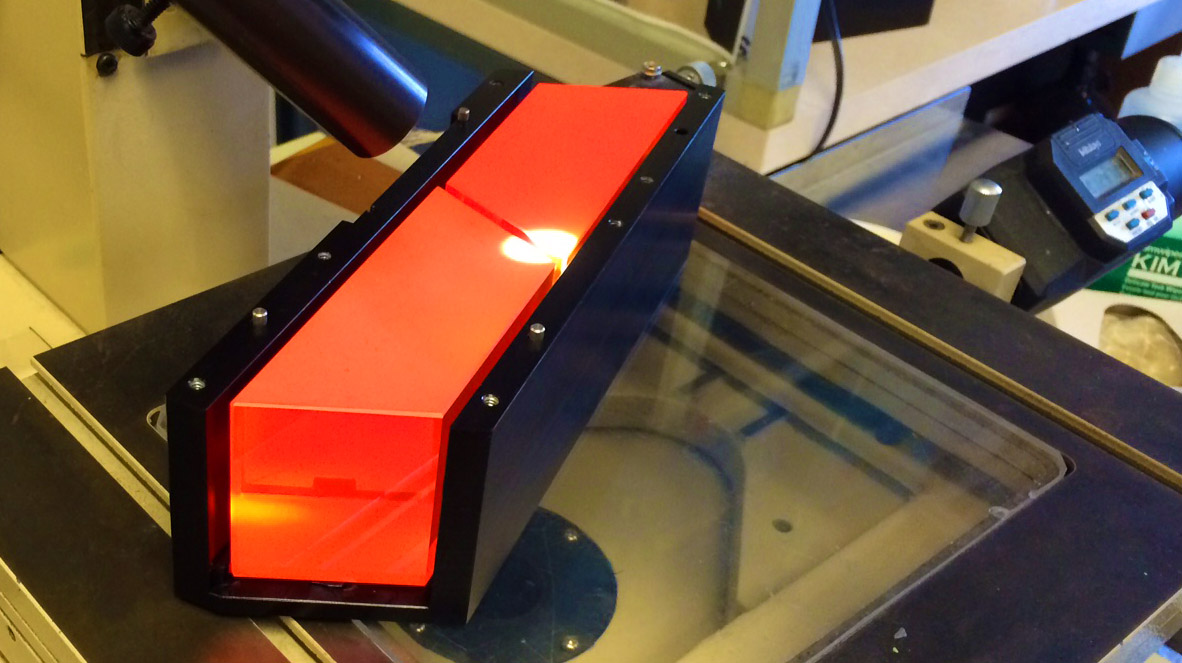Introduction
A Fresnel rhomb is a type of waveplate that has certain advantages over the more standard waveplates that use a material's birefringence. In a Fresnel rhomb, the induced phase change between s- and p- polarized light depends only on the material's index of refraction and the geometry, and not explicitly on the design wavelength. Fresnel rhombs typically operate over a much larger wavelength range than a typical zero-order birefringence-based waveplate. For some wavelength ranges (for example, 10.6 μm CO2 lasers), there are no convenient birefringent materials for standard waveplates. Since Fresnel rhombs only need transparent non-birefringent materials, they can be used over virtually any wavelength range.
Theory of Operation
When light undergoes total internal reflection, s- and p- polarized light are both reflected at 100%, but there is a phase difference in the reflected light that depends on the angle of incidence and the index of refraction. A Fresnel rhomb is a parallelepiped where the light is incident normally on the input face, undergoes 2 total internal reflections, and exits normally on the output face. The angle of incidence is selected to give the desired total phase change, typically λ/2 or λ/4.
To get the desired phase change using a particular material, there are either 2 possible angles of incidence that can be used, or none if the index of refraction is too low. It is usually desirable to use the larger angle; the smaller angle is generally close to the critical angle for total internal reflection and will be more sensitive to misalignment.
Although the phase change does not depend directly on the wavelength, the index of refraction of all materials do; this gives the wavelength dependence of the phase change shown in the graphs.
Fresnel rhombs are usually designed such that light is incident and exits normal to the appropriate surfaces, and the center of the input face corresponds to the center of the output face. This gives the relation between the clear aperture, height and length of the rhomb, which are given in the calculator.
If the rhomb is constructed with an imprecise angle, there will be a deviation in the phase change from the design value; this is shown in the angle-dependency graph. This also applies for a beam which is not quite at normal incidence to the input face. Note that in this case, the error of the angle inside the rhomb is reduced by a factor of n (the refractive index) in accordance with Snell's law.






